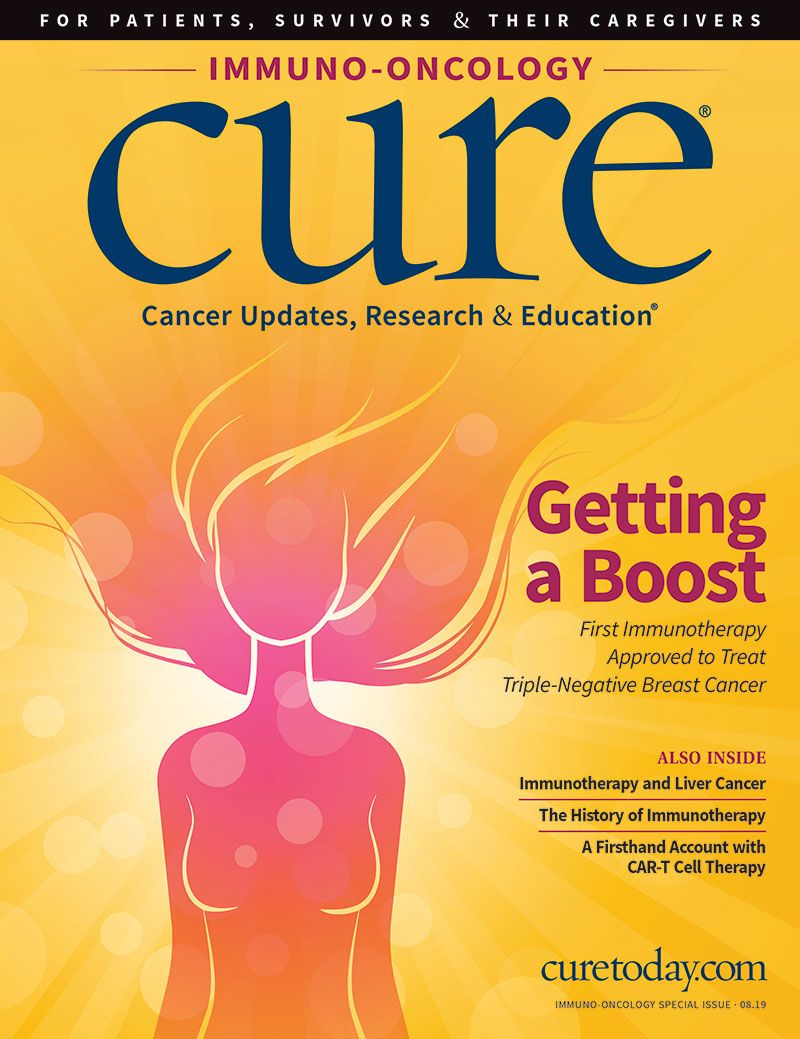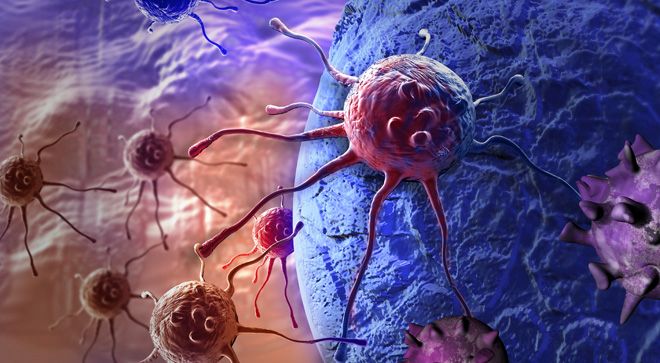Publication
Article
CURE
Patients With High-Grade Neuroendocrine Tumors Show Response After Opdivo/Yervoy Treatment
Author(s):
Treatment with Opdivo (nivolumab) plus Yervoy (ipilimumab) led to a 44% response rate in patients with high-grade neuroendocrine tumors, according to phase 2 study findings.
Treatment with Opdivo (nivolumab) plus Yervoy (ipilimumab) led to a 44% response rate in patients with high-grade neuroendocrine tumors, according to phase 2 study findings.
In the trial, patients with this rare tumor type received Yervoy every six weeks with Opdivo every two weeks. Neuroendocrine tumors were seen in a group of
32 patients; the most common tumor sites were gastrointestinal and lung. More than half of the patients (56%) had high-grade disease. All patients had received a median of two lines of therapy before enrollment.
Researchers found that tumors shrank in 44% of patients with high-grade dis- ease, regardless of tumor site, but in none of the patients with low/intermediate- grade tumors.
“Going into this study, we did not know the benefit of (this combination) in terms of (patients with) low-grade versus high-grade (disease) having a differential response. One of the thoughts is that maybe it’s related to tumor mutational burden,” lead author Dr. Sandip Patel, an associate professor of medicine at the University of California, San Diego School of Medicine, said in a press briefing at the 2019 American Association for Cancer Research Annual Meeting. His team plans to verify the benefit seen in these patients later this year.
The researchers also examined the rate of six-month progression-free survival — when disease did not worsen — and the median overall survival (31% and 11-plus months, respectively). Historically, progression-free survival has been around 10%; overall survival, three months.
Fatigue (30%) and nausea (27%) were the most common side effects.






